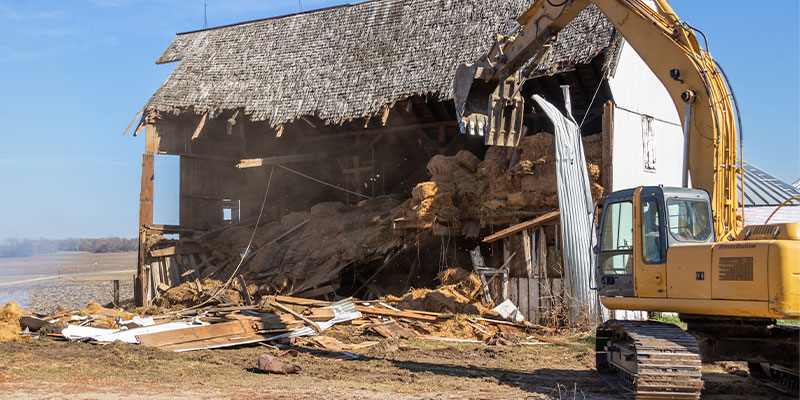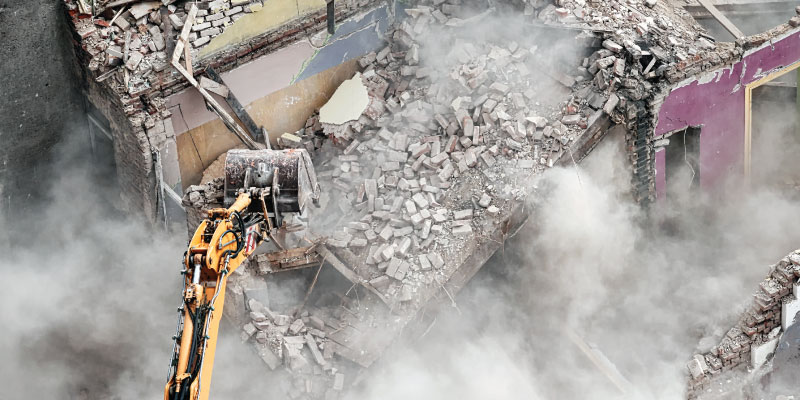
Updated December 22, 2023
Demolition is a crucial step in construction and development projects, playing a pivotal role in making way for new structures or repurposing existing spaces.
Not all demolitions are created equal, as the approach employed can vary significantly based on the project's requirements, environmental considerations, budget, and safety concerns.
In this article, we will delve into the various types of demolition methods, exploring their characteristics, applications, and factors influencing the selection of the most appropriate approach so you can make the best choice for your project.
Jump to:
Find demolition services near you
Mechanical Demolition
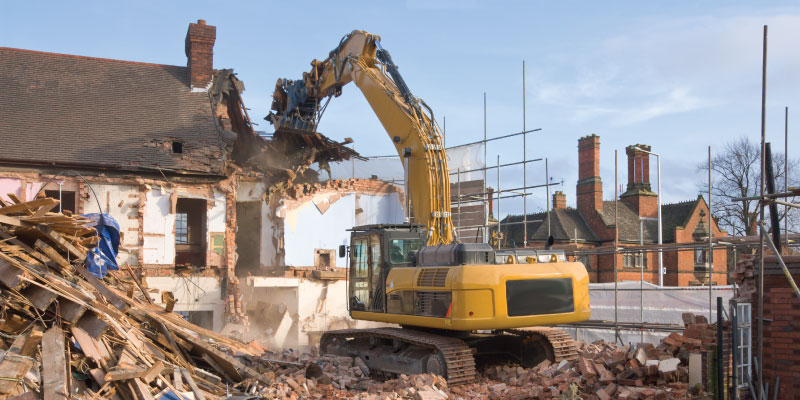
Mechanical demolition involves the use of heavy machinery, such as excavators, bulldozers, and wrecking balls, to bring down structures. This method is the fasted and is suitable for larger buildings or structures where efficiency is a priority. Mechanical demolition is commonly employed in urban redevelopment projects and high-rise demolitions.
Best Uses:
- Large-scale demolition projects
- High-rise buildings
- Removal of concrete structures
Considerations:
- Noise and vibrations
- Dust generation
- Limited precision in comparison to manual methods
Manual Demolition/Deconstruction
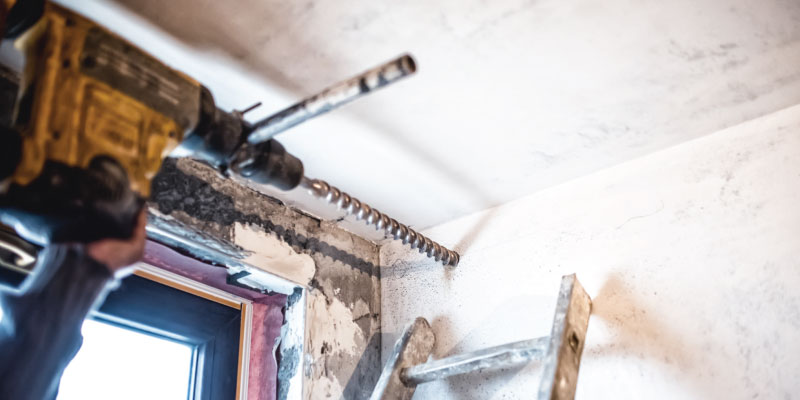
Manual demolition, commonly referred to as deconstruction, is an eco-friendly approach that involves systematically dismantling a structure to salvage and reuse its components. Manual demolition involves the use of hand tools, equipment, and skilled labor to dismantle structures piece by piece. This method is often preferred when precision is crucial, and when the structure contains materials that need to be salvaged for reuse.
Deconstruction minimizes waste and environmental impact by carefully disassembling a building and diverting materials from landfills. It requires skilled labor and is time-intensive but aligns with sustainability goals and minimizes noise, dust, and vibrations.
Best Uses:
- Salvaging reusable materials
- Environmental conservation projects
- Adaptive reuse of structures
Considerations:
- Skilled labor is essential
- Time-consuming
- Requires careful sorting and disposal of materials
Read more: Deconstruction vs Demolition: When to Deconstruct a Building
Find demolition services near me
Selective Demolition
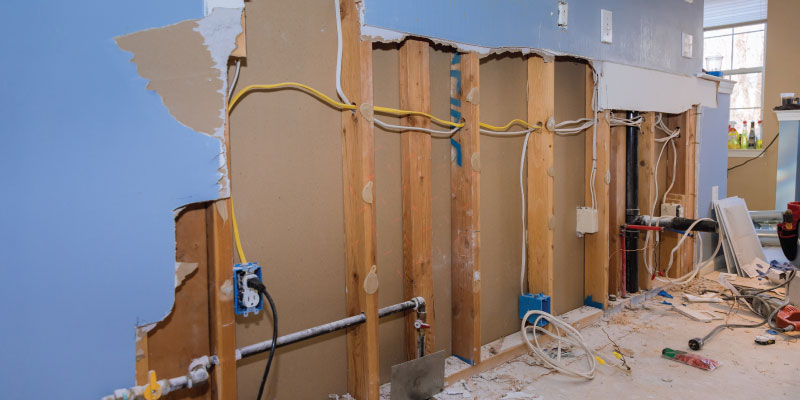
Selective demolition focuses on the targeted removal of specific components within a structure while leaving the rest intact. This method is common in renovations and remodeling projects where certain elements need to be preserved. Selective demolition requires precision and a thorough understanding of the structure's anatomy.
Best Uses:
- Renovation projects
- Building expansions
- Preserving historical features
Considerations:
- Detailed planning
- Skill in preserving specific elements
- Minimizing collateral damage
Implosion
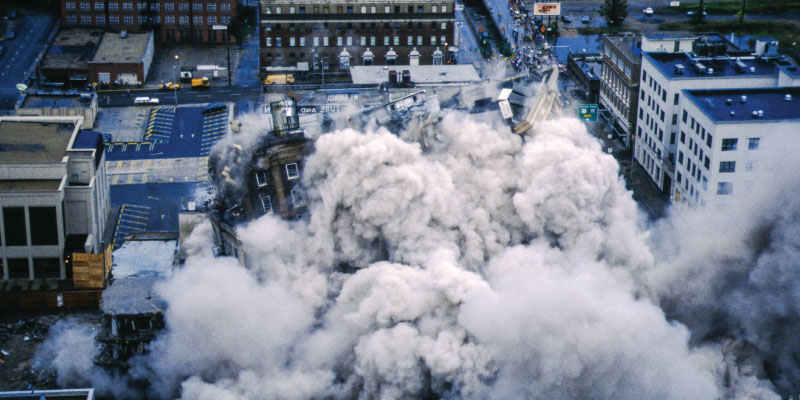
Implosion is a controlled demolition technique where explosives are strategically placed within a structure to bring it down in a controlled manner. This method is employed when space constraints or the proximity of other structures make traditional demolition methods impractical. Implosion requires careful planning and expertise to ensure the safety of nearby structures and minimize the impact on the surrounding environment.
Best Uses:
- Urban areas with limited space
- Tall structures with a small footprint
- Structures surrounded by other buildings
Considerations:
- Safety measures are critical
- Environmental impact
- Detailed planning and coordination
Choosing the Right Demolition Approach
Selecting the appropriate demolition approach depends on various factors, including the project's scope, environmental considerations, safety requirements, and the desired level of precision.
Each method has its advantages and limitations, and careful planning is essential to ensure a successful demolition that meets project goals while adhering to safety and environmental standards. Whether it's a manual dismantling of a historic building or a controlled implosion of a high-rise structure, understanding the different types of demolition methods is crucial for project managers, engineers, and stakeholders involved in the construction and redevelopment processes.
Hometown makes it easy to find the right demolition company for your project. The right pro can assist in choosing the best demolition method for your needs, and comparing quotes will help to ensure that you not only choose the right method but also that you don't overpay and hire the right person for the job.


